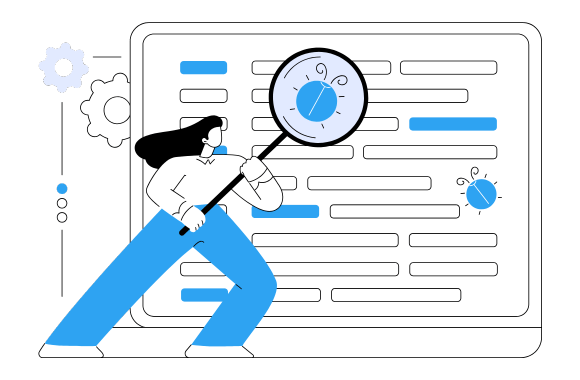Easily spin up containerized app testing environments for z/OS
The Infotel Application Environment for Parallel Testing (APT) automates the infrastructure preparation processes for testing. It supports reprocessing a given test and enables the creation and execution of isolated test scenarios using Db2 databases, VSAM, and sequential files—all within a single LPAR (Logical Partitioning System).
Learn More

Revolutionizing Test Environments for Agile Development
Infotel APT is designed to provide the appropriate technology for the adoption of Agile processes associated with DevOps where, in an automated fashion, the creation of isolated test tracks provides the speed, security and adherence necessary to quickly spin up software application test environments. In order to meet multiple parallel projects running concurrently and without conflict, APT standardizes the processes of testing programs and systems, transforming the collection of test plans into a company asset built to handle the speed of DevOps requirements.
Infotel APT clones (not simulates) entities such as load modules, Db2 tables, files and JCL providing test environment “containers” that behave as if the application were in a live production environment. An application that comes from the distributed platform will actually access the mainframe environment and trigger processes and access to real data and systems.
The result is that these accessed components will be clones of the original components, but the CICS transactions, IMS, and Db2 databases are real, not simulated.
After deploying APT
- 23% reduction in SDLC timelines.
- 22% reduction in production defects.
- 24% increase in application delivery speed.
- 45% increase in testing coverage.
- 58% reduction in the number of test cycles necessary due to early and frequent testing in the development process.
APT can help by enabling the mainframe testing and delivery cycle to be more in line with that of distributed systems, with testers automating processes, accurately replicating production environments, and developing in parallel to improve speed and efficiency.

Main Features
- Greater uniformity of tests
- Greater agility in maintaining programs
- Greater control over what has been tested versus what has not
- Minimizes efforts to generate application test conditions
- Easier to perform regression tests, preventing errors already solved from returning
- Retains the intelligence applied in generating application testing conditions
- Prevents “old errors” from returning due to application maintenance
- Test parallelism through isolation in the same LPAR in z/OS environment, without interference
- Optimized cloning of components (use only what you need for the test)
- Plans, Automates, and Certifies the integration of tests and their automated reapplication (concept: create-use-re-run) through isolated environments – END-TO-END test environment management
- Indirectly, through the establishment of testing practices, it allows for continuous improvements in performance and availability
-
The ease with which standardised test environments can be set up thanks to the Web-App
-
Ease of refreshing data/programmes in containers: re-loading all components and/or data in a matter of seconds
Eliminate the Barriers of Manual Testing
APT is designed to create and manage multiple, fully-functional testing environments that operate simultaneously, yet independently.
This “real-world” development scenario allows programmers to certify that the new/changed code or new functionalities they are working on are functioning as designed, without waiting on the progress of other programmers. And it guarantees that all applications are performing as a whole (within the system) by allowing the testing of the full application chain when the time comes.
The end result is faster development cycles delivering higher-quality applications, using fewer highly-skilled (highly-paid) programmers to get the job done. The speed humps to mainframe software development have now been removed!
The Bottom Line
- Greater application integrity within DevOps methodologies.
- Faster time to application production dates.
- Save man-hours through automated test environment creation.
- Achieve a lower cost of ownership through process automation (minimize application rework).
- Fund other areas of your IT budget with cost savings.

Documentation Resources
Explore our resource library, featuring technical documents, white papers, and case studies to deepen your understanding and optimize the use of our solutions.
